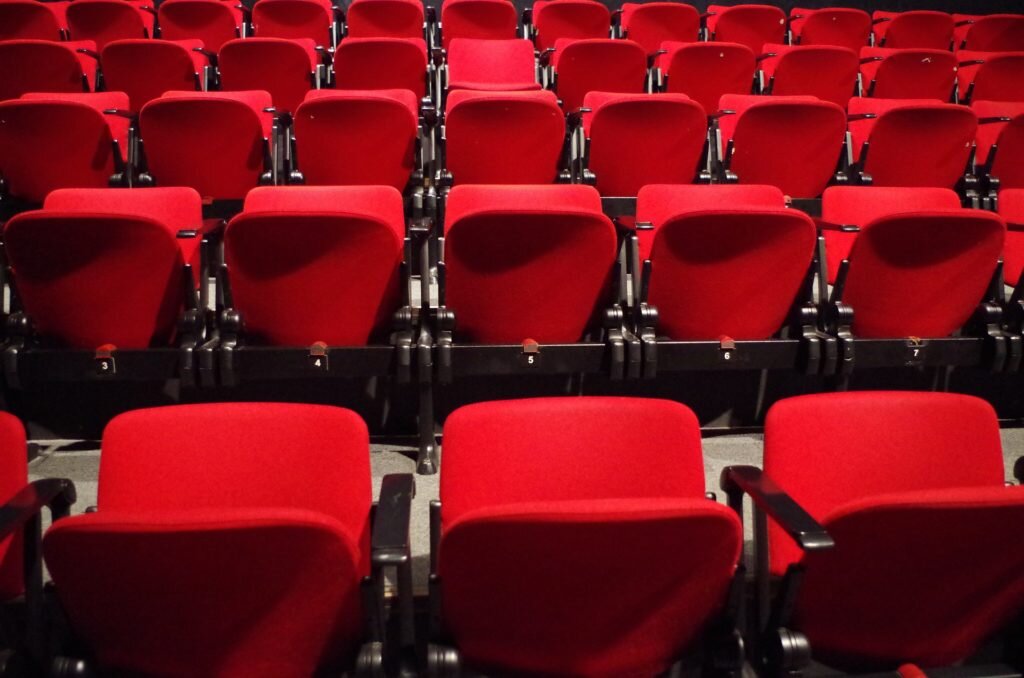 June, 2020CHAPTER 1 (Thinking you know more than you do)“We have to continue thinking of the arts not only in a cultural context but in an economic context,” said Actors' Equity Association President Kate Shindle. “Arts and entertainment is responsible for more than 4 million jobs, $877 billion in value, and 4.5 percent of the U.S. gross domestic product.”In the not-for-profit theatre sector alone, the average attendee “spends an additional $31 per person per show on ancillary services surrounding the theaters,” said Shindle. Nationally, that spending supports 2.3 million jobs, accounts for $46.6 billion in household income, and generates $15.7 billion in total government revenue.CHAPTER 9 (How to Sell a Show) & CHAPTER 12 (Surprises: the Pandemic)Only 41% of theatergoers say they are very likely to return when theaters reopen while 17% are very unlikely. ... 58% suggest they will probably wait at least a few months or more before attending while only 21% think they will attend right away if there is something they want to see. … When asked the reason for not being quick to return to theaters, 64% said they are concerned there may be a second wave of the virus, 58% fear that a vaccine won’t yet be available when theaters reopen, and 57% say that their health may be at risk from attending. 73% say they would be more interested in returning if a vaccine did exist.For the immediate future following the COVID-19 era, the theater will have to nurture new forms of invention in different kinds of space. The theatrical requirements of the next phase — tiny casts, restricted audiences, simple sets, and plenty of space — will be intensified by a scarcity of money. Flexibility is precious. Can Broadway adapt? The answer is unlikely and that may mean an extended period without Broadway, even when other theaters open. ###BACK TO UPDATES
June, 2020CHAPTER 1 (Thinking you know more than you do)“We have to continue thinking of the arts not only in a cultural context but in an economic context,” said Actors' Equity Association President Kate Shindle. “Arts and entertainment is responsible for more than 4 million jobs, $877 billion in value, and 4.5 percent of the U.S. gross domestic product.”In the not-for-profit theatre sector alone, the average attendee “spends an additional $31 per person per show on ancillary services surrounding the theaters,” said Shindle. Nationally, that spending supports 2.3 million jobs, accounts for $46.6 billion in household income, and generates $15.7 billion in total government revenue.CHAPTER 9 (How to Sell a Show) & CHAPTER 12 (Surprises: the Pandemic)Only 41% of theatergoers say they are very likely to return when theaters reopen while 17% are very unlikely. ... 58% suggest they will probably wait at least a few months or more before attending while only 21% think they will attend right away if there is something they want to see. … When asked the reason for not being quick to return to theaters, 64% said they are concerned there may be a second wave of the virus, 58% fear that a vaccine won’t yet be available when theaters reopen, and 57% say that their health may be at risk from attending. 73% say they would be more interested in returning if a vaccine did exist.For the immediate future following the COVID-19 era, the theater will have to nurture new forms of invention in different kinds of space. The theatrical requirements of the next phase — tiny casts, restricted audiences, simple sets, and plenty of space — will be intensified by a scarcity of money. Flexibility is precious. Can Broadway adapt? The answer is unlikely and that may mean an extended period without Broadway, even when other theaters open. ###BACK TO UPDATES
